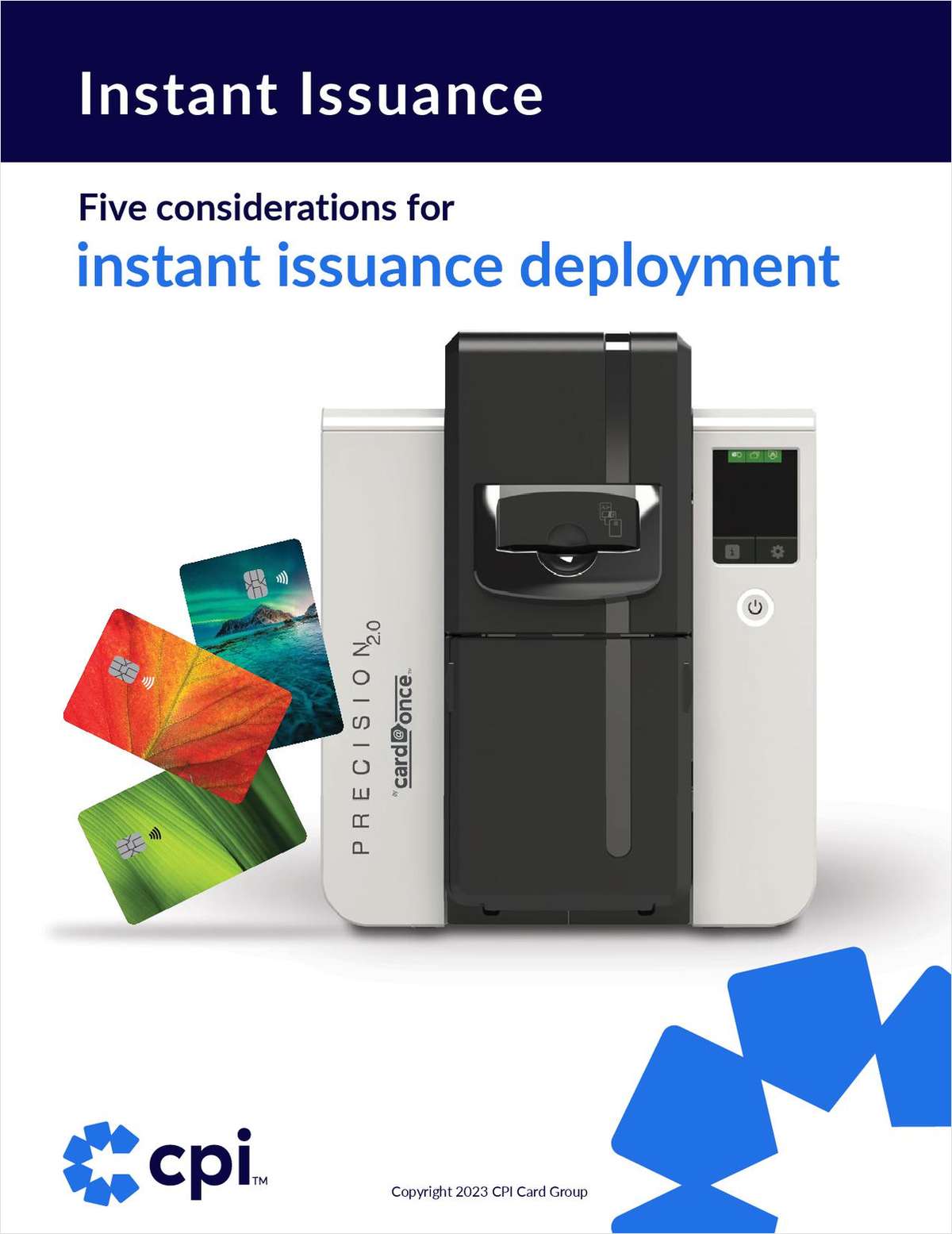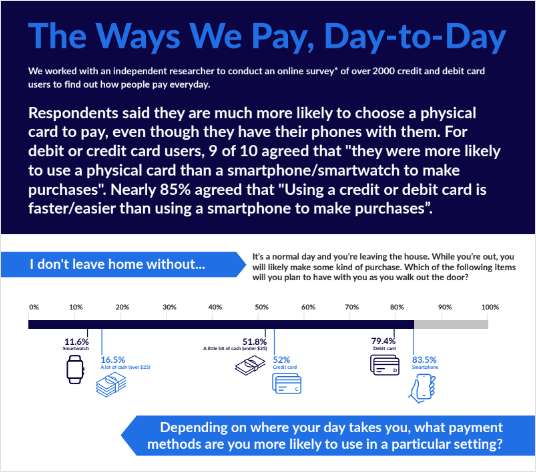Around Valentine's Day three years ago, holders of auction rate securities fell completely out of love with the debt instruments, causing a market freeze and a slew of lawsuits against the banks with claims of misrepresentation.
Today, the trouble continues as banks grapple with a liquidity-stricken outcome. Auction rate securities were viewed as cash equivalents from the inception of the ARS market in 1984 until February 2008, according to Pluris Valuation Advisors, a valuation firm that specializes in illiquid and distressed securities and business valuations, with offices in New York and California. Like other cash-equivalent securities, they were marked at par. Corporate or municipal bonds with a long-term nominal maturity where the interest rate is regularly reset are typical examples of ARS.
Frequent auctions, often held every seven days, provided almost instant liquidity to their holders, the firm noted. However, since February 2008, auctions have been failing, leaving investors stuck with highly illiquid paper, sometimes with no maturity date and a yield that is unrealistic, given the illiquidity of the securities, according to Pluris.
Complete your profile to continue reading and get FREE access to CUTimes.com, part of your ALM digital membership.
Your access to unlimited CUTimes.com content isn’t changing.
Once you are an ALM digital member, you’ll receive:
- Breaking credit union news and analysis, on-site and via our newsletters and custom alerts
- Weekly Shared Accounts podcast featuring exclusive interviews with industry leaders
- Educational webcasts, white papers, and ebooks from industry thought leaders
- Critical coverage of the commercial real estate and financial advisory markets on our other ALM sites, GlobeSt.com and ThinkAdvisor.com
Already have an account? Sign In Now
© 2025 ALM Global, LLC, All Rights Reserved. Request academic re-use from www.copyright.com. All other uses, submit a request to [email protected]. For more information visit Asset & Logo Licensing.









